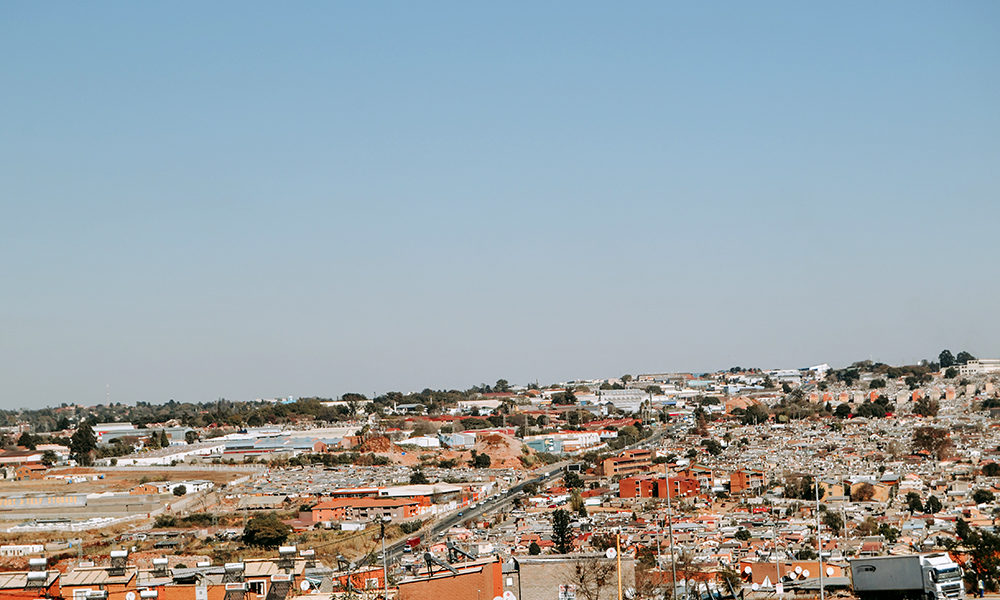Soweto ranks as the largest town in South Africa, but what is its history and what makes it the most popular and attractive town in South Africa?
South Africa has many townships, but if you're wondering which one is the largest, the answer is Soweto. This town is very popular for its rich history and the country's history in general. Home to many of South Africa's notable historical figures and popular historical sites, Soweto has grown into a popular tourist destination through its historical struggles.
History of Soweto and its origins
Soweto is a township located in South Africa and is considered to be the largest in the entire country. Located to the southwest of the city of Johannesburg, it is currently home to over one million South Africans. The township is said to have been developed in the 1930s, when the white apartheid government began to segregate blacks from whites in society.
Black South Africans were moved from Johannesburg to areas separated from white suburbs in what was called “forced migration.'' cordon sanitary equipment At that time, it was also called the sanitary corridor. This was usually in industrial areas, especially rivers, railroad tracks, and highways. The white government was able to accomplish this through the infamous “Urban Areas Act” of 1923.
Soweto soon became the largest black city in all of South Africa, but unfortunately until 1976 its residents were only granted temporary resident status and functioned solely as part of the city's workforce. Soweto's name is said to have come from William Kerr, the Chairperson for Non-European Affairs, who initiated the naming of Soweto in 1959. The city council then chose the acronym SOWETO, derived from South West Townships. The name Soweto was first used in his 1963 year.
Who are some notable South African figures from Soweto?
Soweto is home to many prominent South African politicians and celebrities, making it one of the most popular towns in South Africa. Politicians from Soweto include current South African President Cyril Ramaphosa and current Basic Education Minister Angie Motshekga.
Some famous businessmen were born and raised in Soweto, including Basesana Khumalo, Precious Moloi-Motsepe, Tokyo Sexwale and Mfundi Vundla. Former public protector Thuli Madonsela and Constitutional Court judge Sisi Kampepe are other senior officials and academics from Soweto.
Soweto is home to many actors and actresses, as well as musicians and music industry leaders, including Benjamin Dube, Yvonne Chaka Chaka, the late Sibongile Khumalo and Britain's Lebo M. The Lion King soundtrack fame. Celebrities such as Kaizer Chiefs Football Club chairman Kaizer Motaung and former footballers such as Dr Khumalo and Marks Maponyane are from Soweto, and sporting icons have also contributed to Soweto's charm. I'm here. This town is home to some of the most important names in the country.
What are the historical and famous tourist attractions in Soweto?
As Soweto is very rich in political history, there are several historical sites that represent important political events that took place under the political system and the scope of Soweto's history. Several places and facilities are named after politicians who fought in the country's political struggles and political systems, the most obvious being the apartheid regime.
Politician Chris Hani has the Chris Hani Baragwanath Hospital named after him, considered one of the largest hospitals on the continent. Many prominent politicians also had residences in Soweto, including the late former President Nelson Mandela, whose residence is now a popular tourist attraction and is located on the famous Vilakazi Street west of Orlando. Orlando is also home to the Hector Peterson Memorial Museum, which houses the residences of Archbishop Dezmon Tutu and the late Winnie Madikizela-Mandela. Soweto is also home to famous soccer stadiums, including Orlando Stadium, home of Orlando Pirates Football Club.
It is therefore clear that Soweto, the largest regional city in all of South Africa, has and still has much to achieve. It was one of the first centers created exclusively for black people during the apartheid era, and as part of its history endured harsh racial segregation and discrimination, both in traumatic negative ways and in positive ways through growth. , has managed to maintain its presence.

